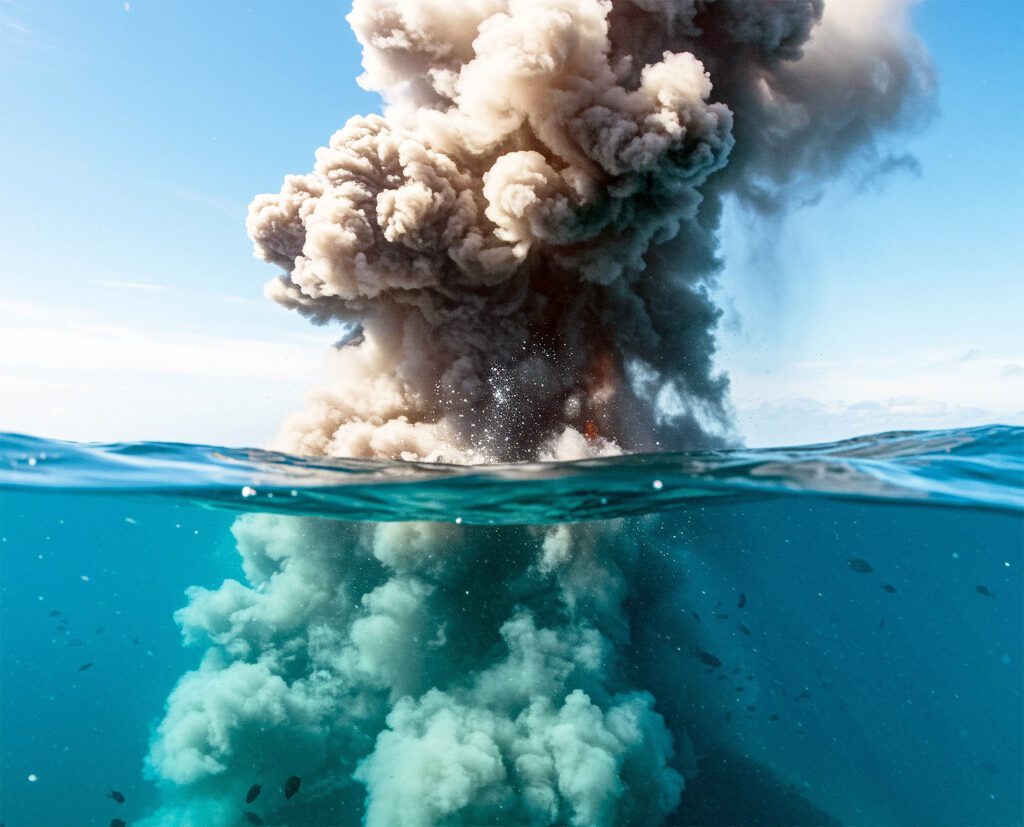An underwater volcano in South Africa released about 20,500 gigatons of carbon dioxide 183 million years ago, disrupting the oxygen cycle and leading to a mass extinction in marine life. In contrast, human activities between 1850 and 2019 contributed approximately 2,390 gigatons, representing 12% of the Jurassic total in just a couple of centuries.
Professor François Tissot from Caltech is researching the implications of this ancient event for today’s oceans. The period, known as the Marine Anoxia Event (T-OAE), saw a drastic loss of marine oxygen, causing substantial species loss and creating vast anoxic areas much larger than modern counterparts. The subsequent anoxic phase lasted 300,000-500,000 years and resulted from volcanic activity that altered ocean chemistry and temperature.
Tissot’s research combines limestone samples with advanced modeling to reconstruct past marine oxygen conditions. Findings indicate a rapid loss of oxygen following volcanic activity, highlighting how quickly oceans can become deoxygenated due to carbon emissions.
Today, only about 0.2% of the seabed is anoxic, but global dissolved oxygen levels have fallen 2% since 1960. Current projections warn of accelerated deoxygenation due to climate change and pollution, threatening marine ecosystems.
The lessons from past events underline the urgent need for action to mitigate oxygen loss through reduced fossil fuel reliance and ecosystem protection. Continuous monitoring using advanced technologies provides a chance for timely interventions to prevent ecological crises similar to those in the Jurassic era.
Source link


